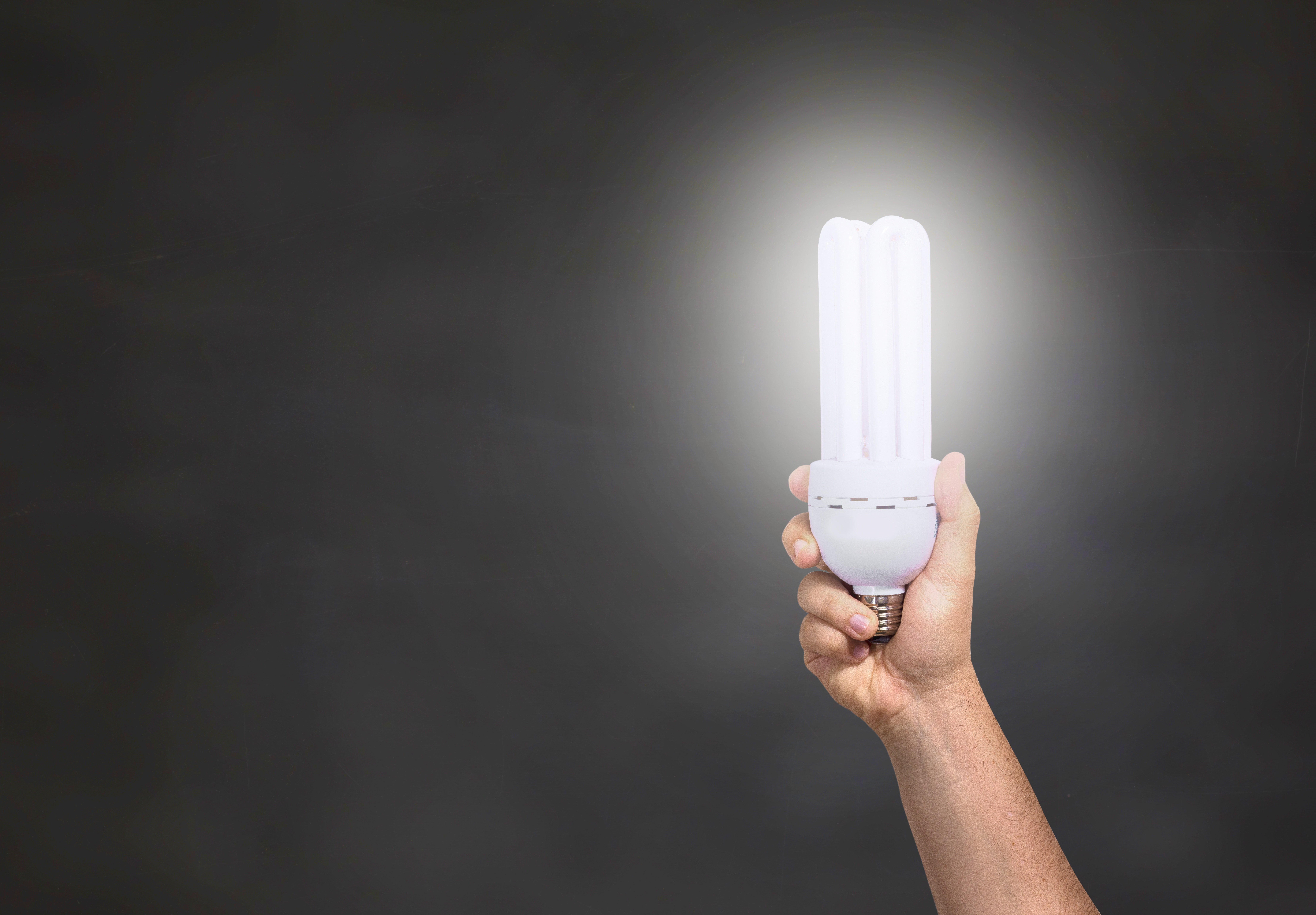Light pollution threatens many nocturnal insects, including important pollinators like moths, by disrupting their ability to feed, breed and carry out their usual behaviour. But each year, light pollution increases.
Help protect moths by following these simple steps to reduce light pollution at home.
Make a list. Check your home and outdoor spaces and make a list of the lights that you have.
Once you know which lights you have, ask yourself the following questions:
- Do I need this light?
If a light doesn’t have a clear purpose, for example, for safety or security, consider whether you can get rid of it.
- When do I need this light?
If your light does have a purpose, think about whether you can reduce the amount of time that it’s switched on. Outdoor lights for wayfinding could be switched off before you go to bed, or you could add timers or motion sensors to your lights, so they only switch on when needed.
- Could I change this light?
The colour of your lights can make a huge difference to how likely they are to attract nocturnal insects. Cool light can be more disruptive to nocturnal insects – these lights tend to have a blueish-white tone. If your lights are on the cool end of the spectrum, consider replacing them with warmer alternatives, like those with a yellow or amber tone.
- How bright does this light need to be?
Does the light need to be as bright as it is? Try using dimmer switches to give you the option to reduce the brightness of your lights and help our nocturnal friends.
- Can I stop the light from spilling?
It might not always be possible to change your lighting, and, even if you do, it’s still a good idea to prevent your light from reaching further than is necessary. It may sound simple, but for lights in your home, you can prevent them from spilling outside by making sure your curtains or blinds are closed as soon as it gets dark. For outdoor lighting, use light shields to direct light only where it’s needed. See our guide to light shielding here.
- Who else could follow these steps?
The more people who reduce light pollution at home, the bigger the difference for moths and other nocturnal wildlife. Share these simple steps with friends, family, neighbours, and colleagues so they can dim the dangers for moths too! You could even start a community project to reduce light pollution in your local area – find out more about community dark sky projects in our interview with lighting designer and dark sky advocate, Kerem Asfuroglu.
To find out more about light pollution and to sign up for a free Guide to Light Pollution and Moths visit Join the Dark Side


